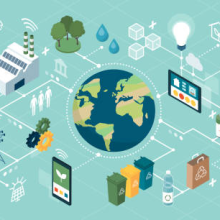The Complete Guide to Sustainable Living and How It Can Make You More Efficient
Sustainable living is a term that has been around for a while, but it’s not until recently that it has become a popular topic.
Sustainable living is an approach to living that aims to live within the carrying capacity of our planet. It advocates for the use of renewable resources, recycling, and conserving energy.
The idea behind sustainable living is to live within the carrying capacity of our planet that will be better for the environment, your health, and your wallet.
In addition to being environmentally friendly, sustainable living also has a personal impact on individuals. For example, it can reduce stress levels and increase mental health as well as physical health.
What are the Benefits of Sustainable Living?
There are many reasons to live a sustainable life and it is important to consider all of them before making the decision.
The benefits of living a sustainable lifestyle are often overlooked in our society.
The idea of sustainable living is to minimize the negative impact on the environment. As such, sustainable living is a lifestyle that reduces the negative impact on the environment by using renewable resources and avoiding waste.
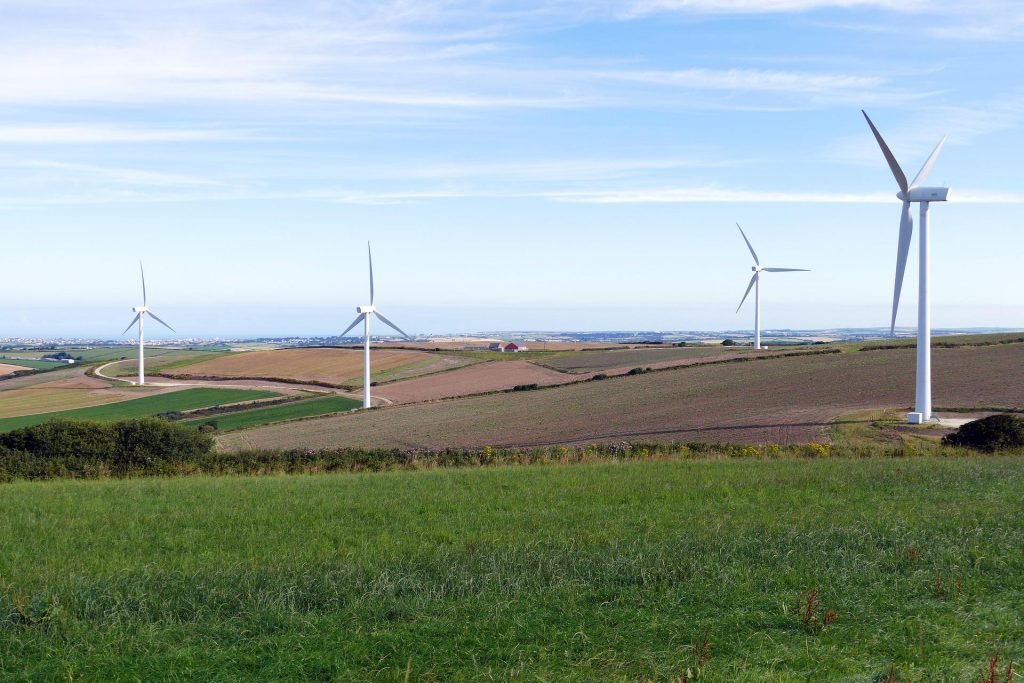
In this context, this lifestyle improves our health by reducing exposure to toxins in our homes, workplaces, food supply, and air. Sustainable living is also better for your wallet because you won’t have to spend as much money on things like food or energy bills.
I will now explore some of the long-term benefits of sustainable living and how they can help you lead a more fulfilling life.
Reducing your carbon footprint

Protecting the global climate system by reducing greenhouse gas emissions is one of the biggest benefits of living a sustainable lifestyle. A significant amount of energy is required to produce and maintain products that are bought and used every day.
Essentially sustainable living is about protecting our planet from human impact.
By eliminating waste, recycling and reusing, turning off lights to save energy, using public transit to avoid driving, eating local foods, and conserving water, you can significantly reduce your impact on the environment.
In fact, if everyone engages in sustainable living through a reduction in their energy consumption by just 20%, we would be able to halt global warming and make the world a much healthier and more sustainable place.
The benefits of sustainable living in this context are better for our world and it is a more satisfying way to live. The average house in the United States spends over $2,000 on energy per year, while an eco-friendly home can spend as little as $400 per year.
Decreasing environmental pollution
It is important to be aware of the environmental pollution that is taking place in our world.
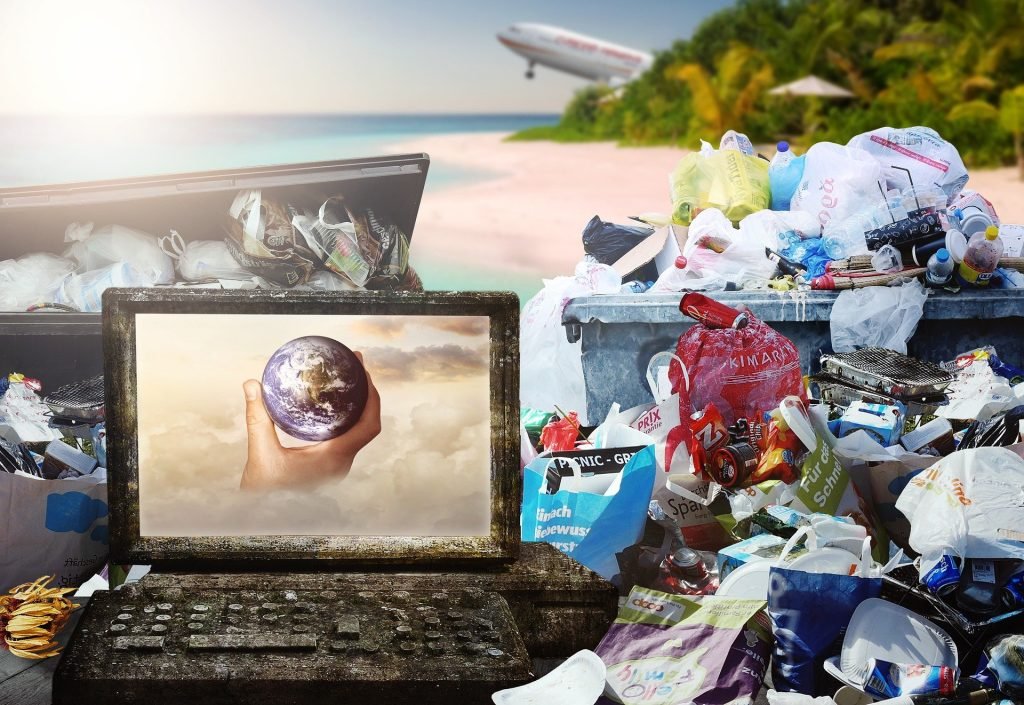
Pollution is a major problem that needs to be addressed and solved through sustainable living. The main source of pollution today comes from the burning of fossil fuels. This includes coal, oil, and natural gas which produce greenhouse gases and other chemicals that pollute the air, water, and land.
One of the best sustainable lifestyles is the use of renewable energy sources which can help reduce these pollutants in our environment.
For example, renewable sources like solar power, wind energy, biomass, and hydropower are all sustainable energy sources that do not produce greenhouse gases or other chemicals that pollute the environment.
Improving your health

This is among the numerous benefits of living a sustainable lifestyle that is often overlooked because it doesn’t seem like “fun.” By reducing the amount you consume, in addition to healthy diet and weight loss, you’ll have an easier time maintaining a healthy lifestyle, as well as help reduce your risk of chronic diseases.
For example, reducing the amount of meat we eat would help lower the risk of heart disease. Americans consume about two billion pounds of meat per year which is more than twice what is recommended by health authorities.
In addition to that, many people don’t eat enough fruits and vegetables. If you want to eat healthier, you could switch to a vegetarian diet or a vegan diet.
You can also choose to make small tweaks such as cutting out one soda per day or drinking more water. There are lots of green supplements, such as, Testo green, MetaboFix, CarboFix, and Fatburnboost, that contain a range of healthy fruits and vegetables, all in one convenient drink.
Helping to protect habitat and species

The world is changing rapidly and this change is not always a good one. We are destroying our planet and the animals that live on it.
The natural habitats that these animals need to survive are being destroyed by humans. This destruction is happening at an alarming rate, which means that many species will go extinct in the next few years if we don’t act now.
Sustainable living can help protect habitat and species. We can do this by making small changes to our lifestyle through sustainable living. For example, by eating less meat, recycling more, using sustainable products, etc.
These little changes can make a big difference for the environment and for animals.
What Actions Should We Take to Get Closer to a More Sustainable Future?
The world is changing. We are living in the age of climate change, and the actions we take today will be critical for our future generations.
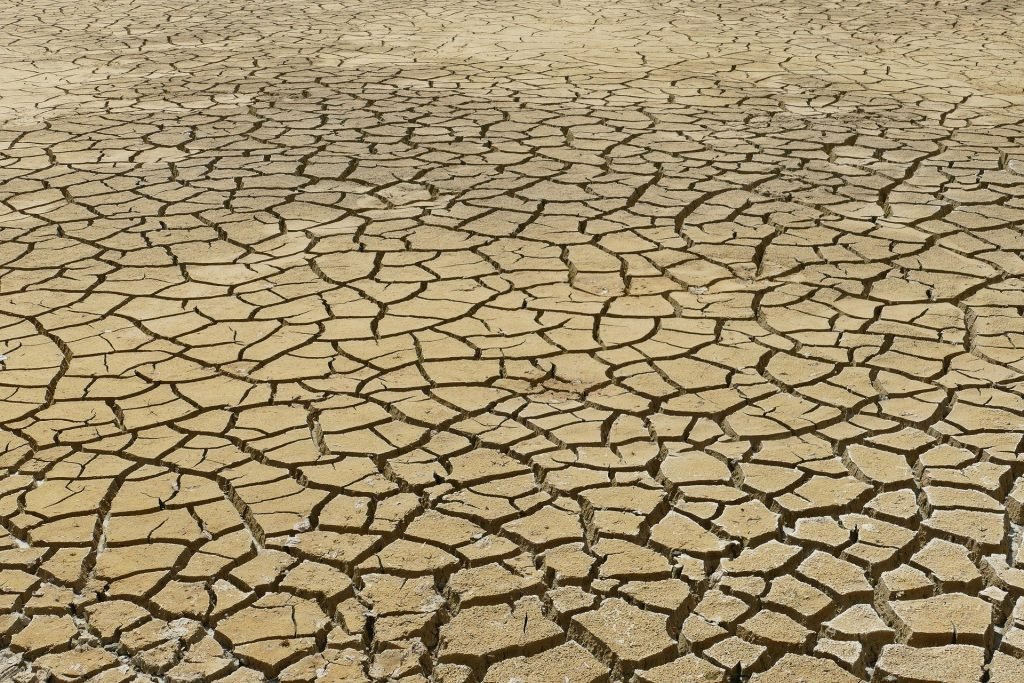
The global population is growing. The number of people on this planet has increased from 3 billion to 7 billion in just a few decades.
As a result, there are more people demanding resources and energy, which has led to an increase in CO2 emissions and a rise in global temperatures. It is important that we take action towards sustainability now before it’s too late for our planet and for future generations.
Many people are becoming aware of the need to make changes in their lives to combat climate change. However, there is no one-size-fits-all solution for sustainability.
The best way to start is by making small changes and then gradually increasing their impact on a day-to-day basis. Here are a few ideas:
Recycle
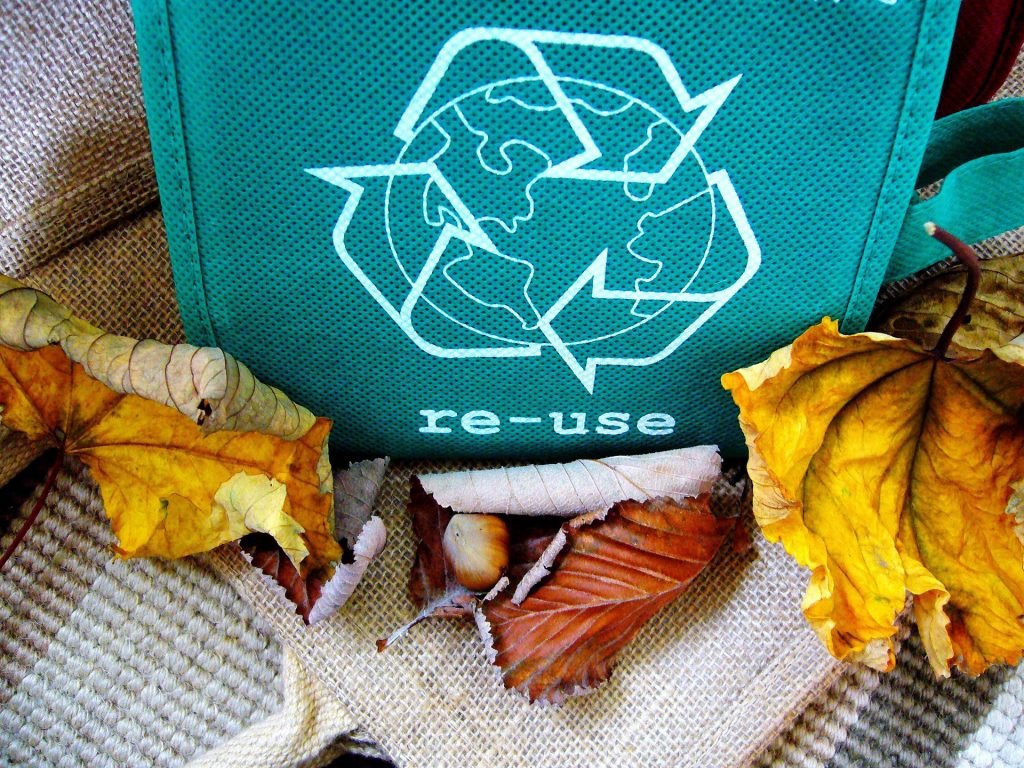
The first step to sustainable living is to reduce consumption. This means buying less stuff and wasting less food.
The next step is recycling what we can and then buying products that are recyclable or made from recycled materials when possible. Make sure you recycle all your paper products and plastics and avoid buying products with packaging.
Recycling is one way to be more sustainable. It can help us to live more sustainably. However, it’s not always the easiest thing to do. For example, recycling paper is not as easy as recycling cans or bottles.
Buy Products with Less Packaging
In order to be more sustainable, it is important to reduce the amount of packaging that we use.
The packaging of products is a major contributor to the amount of waste we produce. The more packaging, the more waste.
We need to find ways to reduce the amount of packaging we use through:
- Using reusable containers. A lot of people don’t realize how many containers they buy and then throw away each week or month. By using reusable containers, you will be able to avoid buying as many plastic bags and other disposable containers that are not recyclable.
- Reduce your consumption of pre-packaged food items like chips and crackers by making your own versions at home with clean ingredients. One of the most effective ways to reduce packaging is by buying products with less packaging.
In this sense, you can live more sustainably by reducing the amount of packaging you use.
Use Public Transportation or Bike

Public transportation, walking and biking are the three important forms of sustainable living. They are also the cheapest options, which is why they are often overlooked.
The public transportation system and bike lanes provide a way for people to get around without having to rely on a car. This means that they will save money on gas, insurance, and car payments while also being less reliant on fossil fuels.
Moreover, bike lanes have been found to have a positive effect on the local economy by making cycling more accessible to people with lower incomes.
Cycling has been shown to be less dangerous than cars, and by cycling more people could be encouraged to ride their bikes. Thus, bike lanes have had a significant impact on the city’s health and livability, making it easier for people to ride their bikes around the city without fear of getting hit by a car.
Buy Local Produce
Among the easiest sustainable living practices is to buy local produce. Eating local produces saves the environment. Not having to ship food across the country means less fuel usage and fresher produce. Buying local produce supports your community and ensures your food is fresh and healthy.
It helps the environment because it reduces carbon emissions from the transportation of goods, which are typically shipped from miles away.
Lastly, buying local produce supports the farmers in your area that grow food for you and other people in your community.
Buy In-Season Produce
One of the easiest ways to be more sustainable is to buy in-season produce. When produce is out of season, it has been drastically picked early, which affects the quality and taste. Buying in-season produce also saves money because it’s cheaper than buying out-of-season produce.
In-season produce is the best option because they’re cheaper and better for the environment. They’re also typically less processed. In addition, it’s better to support local farmers and producers.
Reduce Meat Consumption
Meat consumption is one of the leading causes of climate change. In fact, animal agriculture is responsible for 51% of greenhouse gas emissions. To reduce meat consumption, it’s important to understand the environmental impact that comes with eating meat.
We should start by understanding how much meat we are eating and what kind of meat we are buying. It’s also important to think about how much water and land are required to produce this amount of food.
The first step in reducing our meat consumption is by being more aware of the environmental impacts that come with it.
It’s just not sustainable; we need to stop being so reliant on meat-heavy diets and take a more balanced approach to eat in order to save our planet.
Eat Less Processed Foods and Cooking at Home
Processed foods are a major contributor to the obesity epidemic in the United States. They are high in sugar, salt, and fat while being low in nutrients. Processed foods are also typically loaded with preservatives, artificial flavors, and colors.
Processed food is bad for our health, and it’s also bad for the environment.
For a sustainable lifestyle, one must reduce their consumption of processed food. One way to do this is by reading labels on processed foods before you buy them and avoiding any that have high amounts of sugar, salt, or fat.
Another way to live more sustainably is cooking at home more often and eating less fast food. Cooking at home is a great way to reduce the amount of food packaging that you use and save money on groceries.
Compost Your Food Waste and Garden Waste
Living sustainably is about reducing the impact we have on the environment and making sure that we are using our resources wisely. One way to sustainable living is to compost your food waste and garden waste.
Composting food waste and garden waste is one of the most sustainable ways to dispose of these materials. It’s important to remember that composting can be done at home or in a community garden.
Composting is a process of decomposition that converts organic materials into fertilizer. It is a natural process that takes place in soil or an enclosed container where the ingredients are heated up and turned into humus.
The end result is a product called humus which has many benefits for plants like adding nutrients and improving soil structure.
Composting your food waste is an easy way to reduce your reliance on landfills and create nutrient-rich fertilizer for your garden.
Avoid Plastic Water Bottles and Disposable Cutlery
Plastic water bottles and disposable cutlery are huge contributors to the amount of waste in our environment. They are also a huge contributor to the pollution that is affecting our oceans. The use of these products is not sustainable and we need to find alternative ways to live more sustainably.
Here are some ways for you to live more sustainably:
- Use reusable water bottles instead of buying plastic ones
- Bring your own reusable cups or mugs when going out for coffee or tea
- Take your own cutlery with you when eating out
- Buy food in bulk and store it in reusable containers
Conclusion: Why You Should Adopt Sustainable Practices in Your Daily Life
The word “sustainable” has been used in the past few decades as a way to describe a lifestyle that is environmentally friendly, financially feasible, and socially responsible.
We all want to live in a sustainable world. The question is how? In this article, we have discussed how sustainable living can be achieved through small and simple things such as recycling, reducing food waste, or using less water and why you should adopt these practices in your daily life.
We also talked about how we can make our lifestyles more sustainable by adopting new habits into our routines.
There are many ways that we can be more sustainable in our day-to-day lives, from recycling to buying organic food, but the most important thing is what we do with our time.
The way we live affects not only ourselves but also our environment and future generations. We need to start living more sustainably today
The Earth is a finite resource, and we are using it up at an alarming rate. It’s time to take responsibility for our actions and make some changes.

